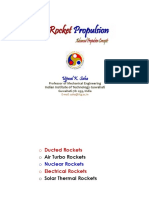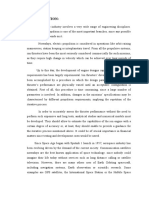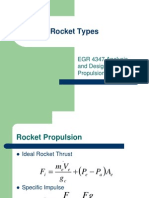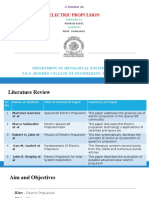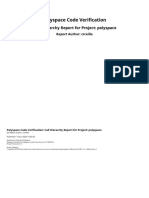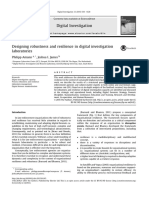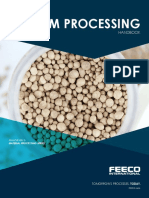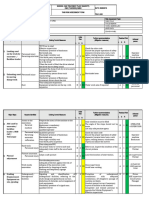0% found this document useful (0 votes)
39 views13 pagesRocket Fuel Types
The internship report by Mohammed Shahnawaz compares various propulsion systems for launch vehicles, including liquid, solid, electric, and nuclear thermal propulsion. It discusses the principles, efficiencies, and engineering challenges of each system, supported by case studies of notable rockets like SpaceX's Falcon 9 and ISRO's PSLV. The report highlights the trade-offs between thrust, specific impulse, and material requirements across different propulsion technologies.
Uploaded by
Shahnawaz MohammedCopyright
© © All Rights Reserved
We take content rights seriously. If you suspect this is your content, claim it here.
Available Formats
Download as DOCX, PDF, TXT or read online on Scribd
0% found this document useful (0 votes)
39 views13 pagesRocket Fuel Types
The internship report by Mohammed Shahnawaz compares various propulsion systems for launch vehicles, including liquid, solid, electric, and nuclear thermal propulsion. It discusses the principles, efficiencies, and engineering challenges of each system, supported by case studies of notable rockets like SpaceX's Falcon 9 and ISRO's PSLV. The report highlights the trade-offs between thrust, specific impulse, and material requirements across different propulsion technologies.
Uploaded by
Shahnawaz MohammedCopyright
© © All Rights Reserved
We take content rights seriously. If you suspect this is your content, claim it here.
Available Formats
Download as DOCX, PDF, TXT or read online on Scribd
/ 13


